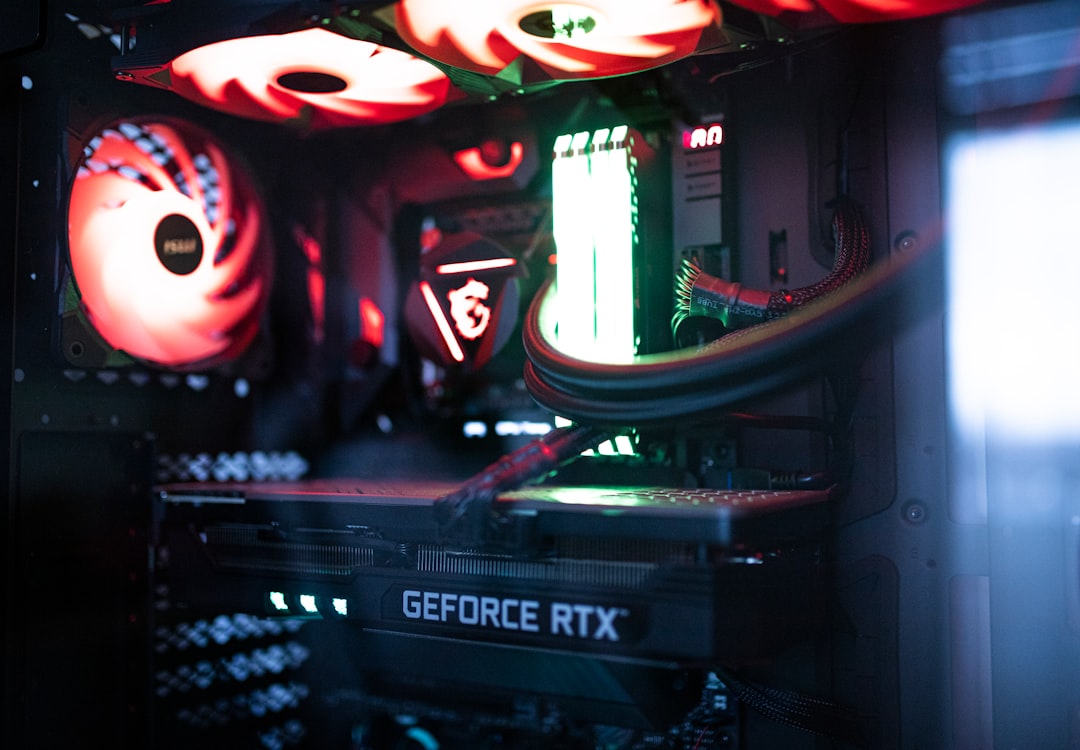
NVIDIA (NASDAQ: NVDA) CEO Jensen Huang addressed investor concerns about DeepSeek and its open-source reasoning model, emphasizing that the market misinterpreted its impact on NVIDIA and the AI industry.
The DeepSeek Sell-Off and Market Reaction
NVIDIA’s stock dropped 17% on January 27 after DeepSeek made headlines. However, shares have since recovered most of those losses.
Investors assumed DeepSeek’s advancements would reduce demand for NVIDIA’s AI hardware, driving concerns over its long-term growth prospects.
Huang argues that the market misunderstood the AI training process and overestimated the negative impact.
Huang’s Perspective: Why DeepSeek Isn’t a Threat
1. The Misunderstood Paradigm
Huang explains that investors wrongly assumed AI training was a two-step process—pre-training followed by inference. However, he clarifies that post-training is an equally critical step.
Pre-training establishes the foundation model.
Post-training is where the real learning happens—this phase is computationally intensive, requiring substantial processing power.
Investors overlooked the complexity of post-training, which continues to drive demand for NVIDIA’s AI chips.
2. The Importance of AI Reasoning
Huang explains that more reasoning before answering a question leads to better AI performance.
Reasoning is compute-intensive, meaning AI models will continue to require massive processing power, benefiting NVIDIA’s GPUs.
He dismissed concerns that DeepSeek signals the end of AI innovation, calling it “exactly the opposite.”
What’s Next for NVIDIA?
Despite short-term volatility, NVIDIA remains at the forefront of AI hardware development, with strong demand for its GPUs in AI training, post-training, and reasoning.
For a detailed financial breakdown of NVIDIA, including earnings reports, financial statements, and valuation metrics, check out the Full Financials API from Financial Modeling Prep.

